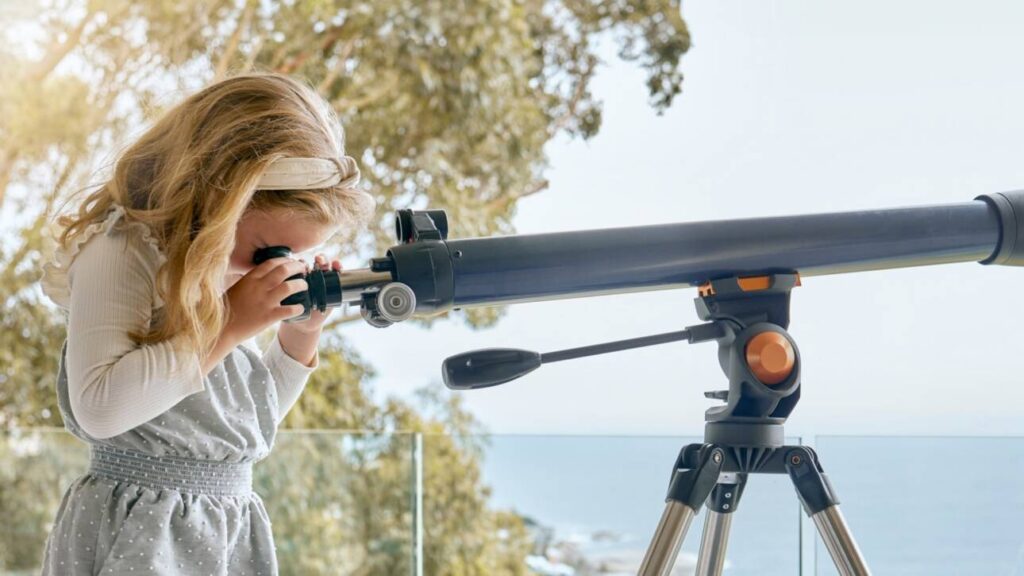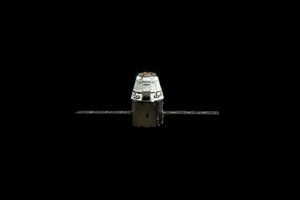Keeping track of space objects is a fascinating yet complex process that combines advanced technology, mathematics, and human curiosity. Space objects, which include planets, stars, comets, asteroids, and even human-made satellites, are monitored through a network of ground-based telescopes, space observatories, and tracking systems. Telescopes, both optical and radio, play a key role in observing and identifying the position and movement of celestial bodies. Advanced space missions and satellites, like the Hubble Space Telescope or James Webb Space Telescope, provide high-resolution images and data from far beyond our atmosphere, allowing scientists to precisely map and catalog these objects.
Astronomers use software and mathematical models to predict the orbits and trajectories of space objects, ensuring they can monitor their movement over time. For near-Earth objects (NEOs), such as asteroids or comets, specialized systems like NASA’s Center for Near-Earth Object Studies (CNEOS) are used to track their paths and determine whether they pose any risk of collision with Earth. Satellites and space debris are monitored with radar systems, ensuring they don’t interfere with current space missions or satellites orbiting the planet.
Amateur astronomers also contribute to tracking space objects with the help of star maps, smartphone applications, and smaller telescopes that allow them to observe planets, comets, and meteors from their backyards. Tools like mobile apps and online platforms offer real-time sky maps, helping enthusiasts stay updated on upcoming celestial events and the locations of visible space objects. This collaboration between technology, scientific research, and public involvement helps us keep track of the ever-changing and awe-inspiring landscape of the cosmos. Tracking space objects not only deepens our understanding of the universe but also ensures we remain aware of potential risks and new discoveries beyond our planet.



